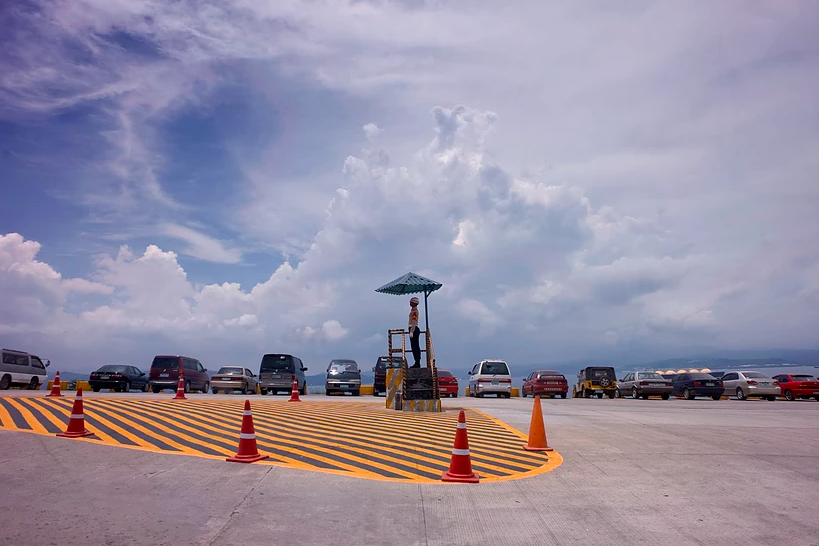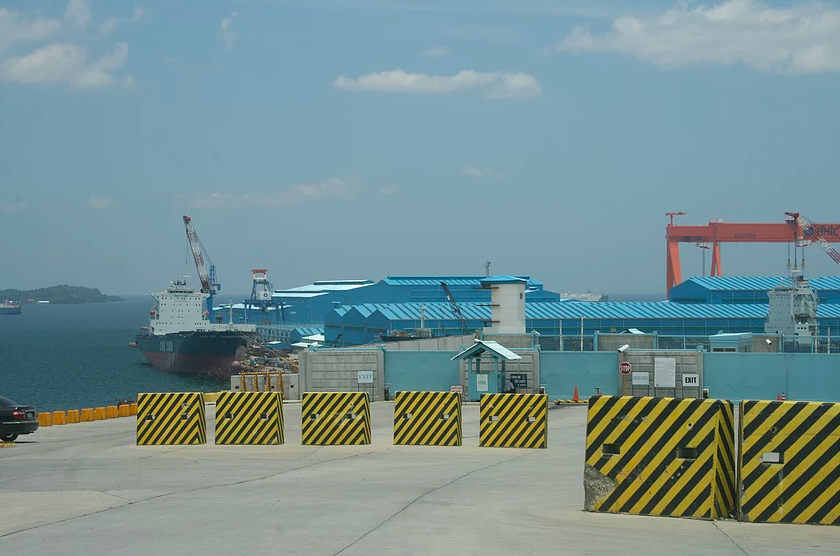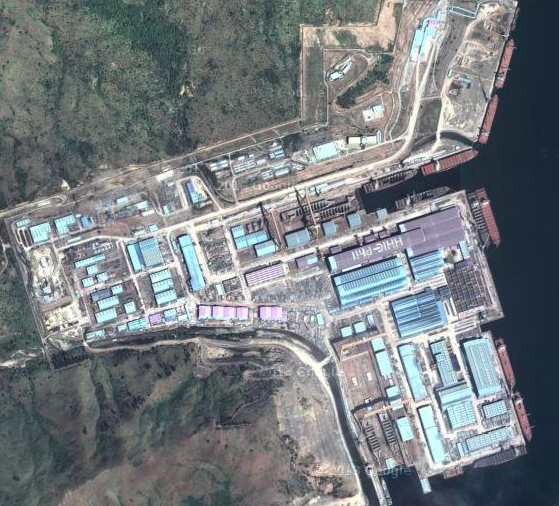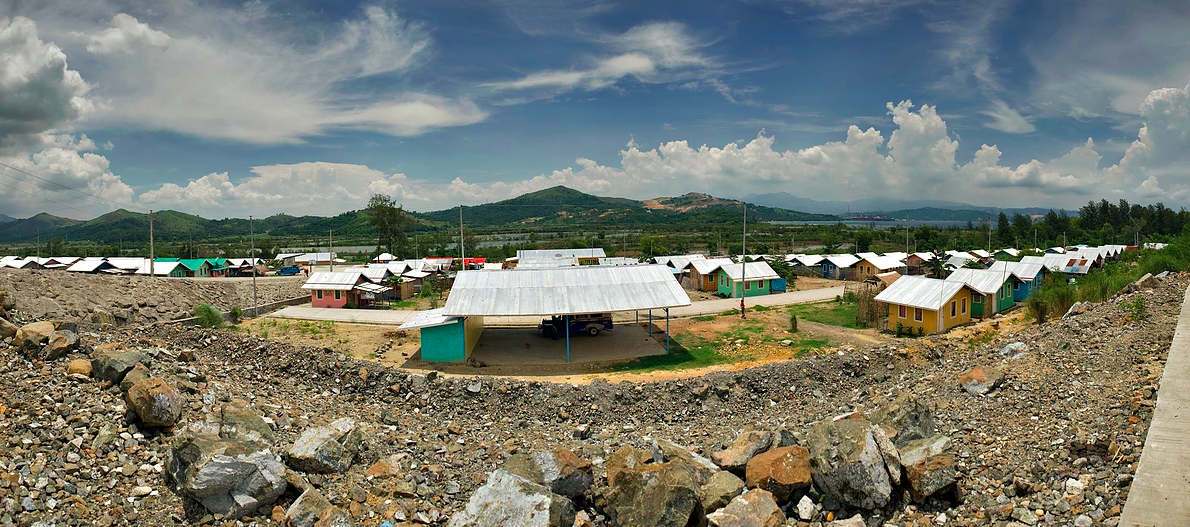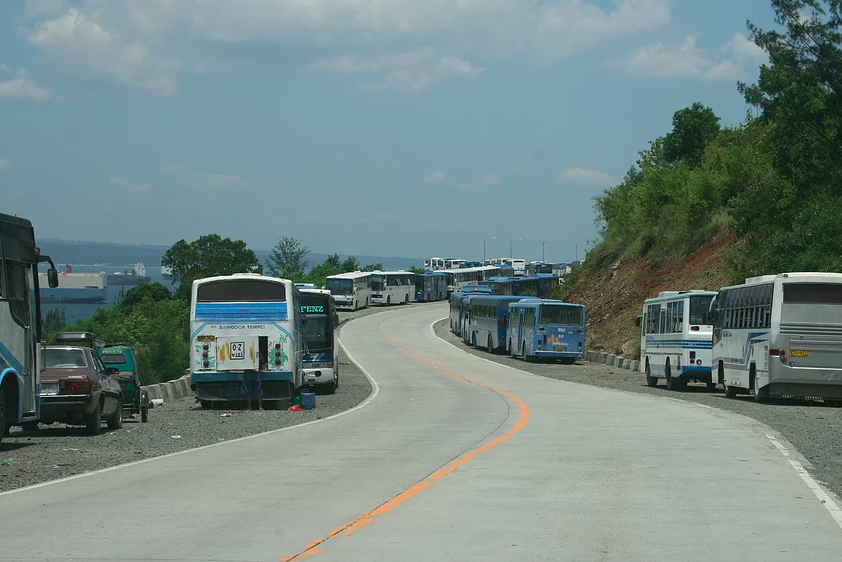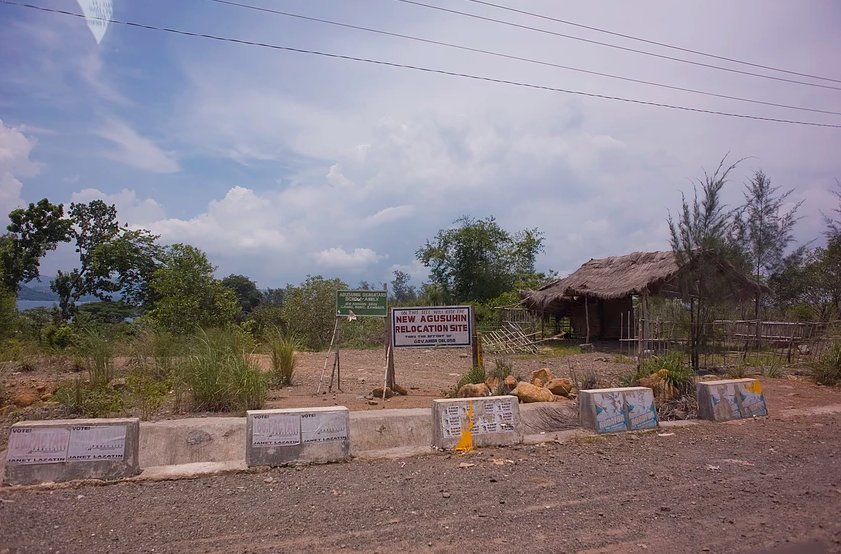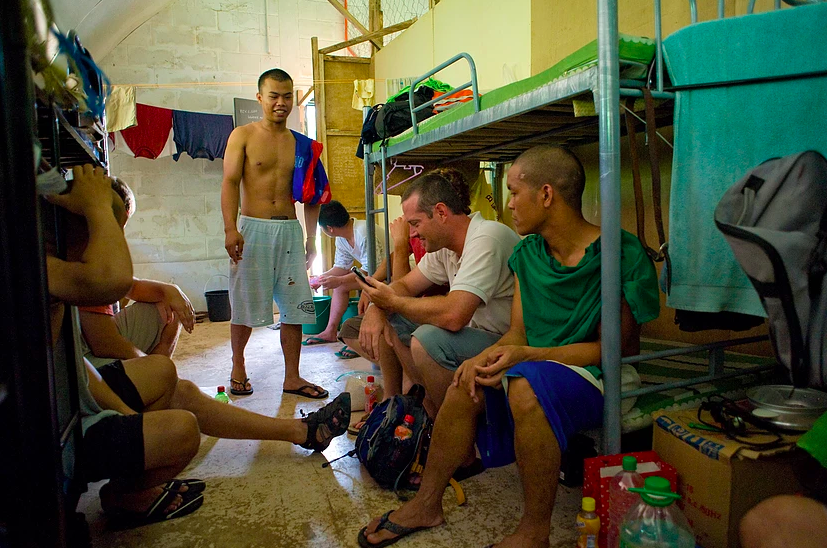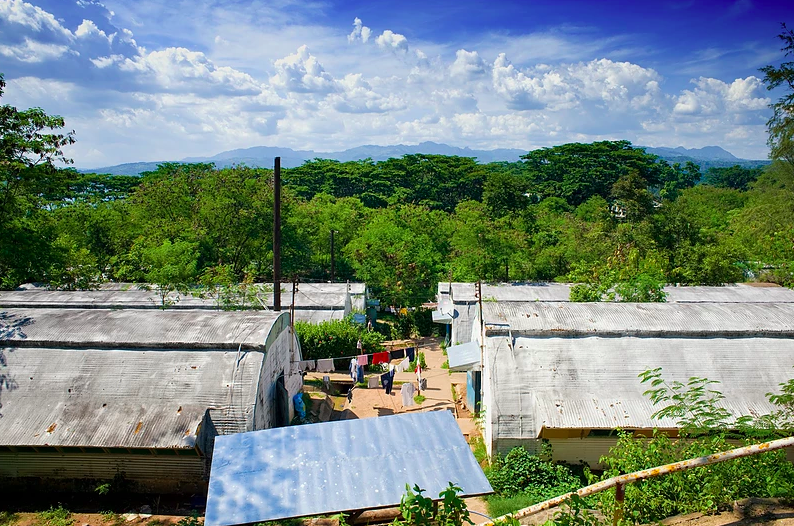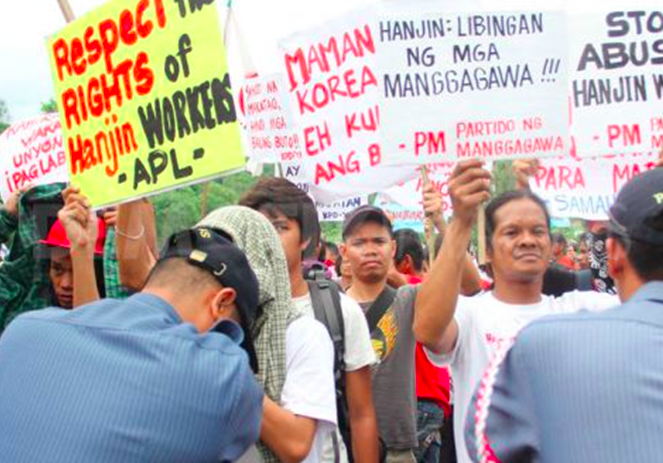The Hanjin Corporation has abandoned the facility in Subic, leaving their creditors to sale the facility. The essay below is now a historical record. This is an update on plans for the shipbuilding facility in Subic.
SEZ’s or special economic zones located in developing (poorer) nations attract foreign investors who are enticed with low wages. All SEZ's whether in a developing nation or the U.S. offer special regulations that are different from the rest of the host nation. These special regulations include tax incentives and lower tariffs. In these zones corporations avoid direct accountability for labor law violations through the use of subcontractors and employee labor contracts. Economic zone businesses seek to establish an environment free from labor law implementation.
Economic zone terminology identifies EPZ’s (economic processing zones) as regimes. This authoritarian term is also applied to the governance of employees. The suspension of a nation’s laws for the courting of international commerce creates areas where the presence of global capitalism functions under regulations that can be negotiated and benefit the corporation without concern for the welfare of the host nations people. SEZ’s are known to be labor-intensive areas of production.
In nations like the Philippines and Panama former U.S. military bases possess the natural isolation and infrastructure that is particularly inviting to foreign investors. China’s use of economic zones includes ports, cities, and an entire province. There is over 4,300 economic zones in the world; this number represents the attempt of developing nations to attract global capital and business. Not all zones are successful and SEZ failure results in closure. The success of SEZ’s in China has come at the expense of exploited labor. This is also so for the success of the Hanjin corporation in Subic Bay, Philippines.
Hanjin’s ship building operation in Subic is owned by the South Korean conglomerate HHIC (Hanjin Heavy Industries Corporation) that includes Korean Air. In February 2006 the Hanjin corporation began their ship building business in the Philippines. The shipbuilding enterprise employees over 26,000 persons and is set to add an additional 10,000 employees in 2016, it is the fourth largest shipbuilding business in the world.
The economic zone in Subic is managed by the SBMA (Subic Bay Metropolitan Authority). The former U.S. military base is a sprawling 262 square miles of prime land surrounding the deep water port. The two major U.S. bases of Clark and Subic are both designated economic zones and are connected by a Japanese built expressway that allows ease of travel whether driving from Manila or from one zone to the other. Public transportation (buses and jeepnees) and those unable to pay the expressway fee must use the winding roads that pass through the many towns lining the countryside.
The neighboring city of Olongapo lacks any developmental evidence of benifit from the wealth held in the economic zone or from the prosperity of the Hanjin shipyard. The economic zone serves as a getaway for the wealthy. The SBMA hosts two zoos, zipline rides, a seaworld like park, a world class mall, multiple warehouse type shopping centers with food that most Filipino people cannot afford. Former military officer housing is leased and rented by the SBMA and sublet by leasees. On the SBMA are first class restaurants and a marina for yachts. The majority of the 222,000 people of Olongapo cannot afford to eat on the economic Zone.
Prostitution in the area was first established to service the troops of the U.S. military. The new visiting forces agreement is sure to increase the sale of women that takes place on both sides of the river that separates the economic zone from Olongapo and Subic Zamabales. The economy of the area has not changed enough to rid the area of the blight of prostitution brought on by poverty and maintained by the excess wealth of a few.
HHIC (Hanjin) shipyard in Subic has achieved 5billion dollars in sales in five years. The shipyard sits on a 200 hectare area and its estimated value is 1.7 billion dollars. Yet the current wage (2015) of a Filipino shipbuilder (welder) is $.94 cents per hour. It is difficult to nail down the net income of the HHIC shipyard, use of subcontractors and statements of income are not readily available. However, Hanjin is flourishing and it is certain that lots of money is being made. The investment of Hanjin was recovered in four years; at this rate a minimum estimated net profit would be around $300,000,000 per year. Unfortunately the cost in human suffering for the success of Hanjin’s shipyard is borne by Filipino workers who are not paid a living wage.
Hanjin’s shipyard has difficulty keeping their shipbuilding employees. During my times working in the Subic Zambales area, I noted that I continually met local men who had been schooled as welders but left Hanjin. Their complaints included unsafe working conditions, failure to receive a copy of the employee contract they were required to sign, and coerced to work double 10 hour shifts. All of these men expressed the attitude of the Koreans toward Filipinos to be one of superiority.
There are nineteen subcontractors that manage the workers. These employee management firms serve as a buffer for any liability by Hanjin. Technically the employees work for the management firms. After completing their training the workers pay is attached with a 3 percent deduction to cover their training expenses. One fourth of their pay is spent on bus fees or other forms of transportation to get to and from the shipyard. At 94 cents per hour it is apparent that providing a living wage is not the goal of Hanjin.
The employee management companies have imported young men from across the archipelago to work at Hanjin. These young men do not speak the local dialect, are separated from their families and often do not even know how to operate an ATM machine (their paychecks are electronic deposits). When arriving they are placed in the former Quonset hut housing used by U.S. Marines. They will pay for their training and housing and be subject to signing a five-year contract without knowing the challenges and conditions they will work under. They will also sign a document stating they are responsible for their own safety.
In my exposure to the Korean community it was apparent they viewed the Filipino populace as people unequal to Koreans. The evangelical Korean church did not see the Filipino populace as persons to be served with the benefits of education. Korean cultural ideology of superiority over Filipinos is present in the complaints of Hanjin’s Filipino employees. Since its inception the shipyard’s Filipino employees have complained of mistreatment, charges include being hit in the head with a Maglite, kicked and punched by Korean bosses.
As of September 2014, 38 Filipino workers have died in accidents at the Hanjin facility. Their families receive a payment of 85,000 pesos (around $2,000). The money is released after family members sign documents releasing Hanjin from all responsibility. The number of men injured passed five thousand in 2009. Still the Filipino workers do not have government representation for worker’s rights. Filipino workers have attempted to unionize with their organization Samahan but have been refused registration with DOLE (Department of Labor Employment).
It is 2018 and the workers at Hanjin continue the struggle for their rights. Recently Hanjin lost a case in court for unfair labor practices, specifically dismissal for promoting a workers union. In May of 2018 an accident led to the death of two workers and the injury of two others. In spite of loss claims Hanjin seeks to expand its shipbuilding facility in Subic. Of the 33,000 Filipino employees at Hanjin 30,000 have joined the union.


